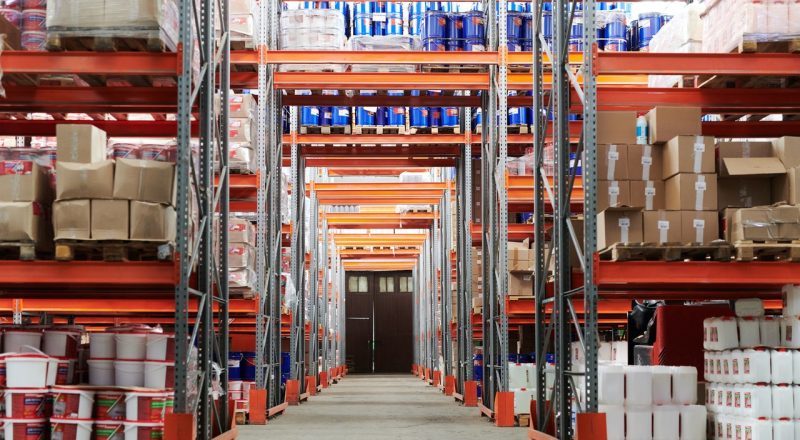The demand for intelligent robotic systems has seen a rapid increase over the last few years, as more and more manufacturers are investing their company funds into their further development and use in business. One of the most interesting trends we’ve seen has to be the incorporation of robotic systems into e-commerce and warehouses, to be more particular. Considering how various robotic advancements are slowly getting incorporated into almost every aspect of business, it’s safe to say that the robotic experience will end up reaching our front doors soon.
The future is finally here
There have been numerous speculations regarding the latest technological developments and their sheer advancement in everyday use. Arguably, all human and physical labor can – and probably will – be replaced by various robotic systems capable of withstanding the increasingly harsher work environments. Nowhere is this more evident than in e-commerce, as the vast majority of work is already focused on and being completed by various electronic networks like online casinos. Once you realize just how large the average e-commerce warehouse is, it becomes clear why these enormous facilities are in dire need of some expert robotic assistance.
Amazon is already using around 45,000 Kiva robots in a number of facilities, but unfortunately, they are no longer being sold by Amazon to the rest of the warehouse industry. They are only being used in internal Amazon production for the time being. That said, competition is already stemming to fill in the massive void left by Amazon. Considering the amount of pressure that the rapid growth of e-commerce is placing on the existing fulfillment networks, the time for new robotic solutions is now.
One of the best examples of warehouse automation can be observed in the rapid adoption of “goods-to-person” automation. These new shuttle systems offer rather high levels of flexibility and an increase in overall performance. AMR or autonomous mobile robotics as they’re called, are being developed by various start-ups and established providers of warehouse automation. Although these robots have a slew of physical characteristics, their application software is what differentiates these systems.
What are the benefits of e-commerce automation?
As the demand for products, services, online casino games, and e-banking rises, companies are finding it increasingly difficult to rely solely on human labor. On the other hand, incorporating robotic systems offers numerous benefits, including making the overall operations a lot easier for both companies and their employees. Machines are exponentially more efficient when it comes to monotonous, yet precise jobs and they accomplish them significantly faster than a human ever would. Using automation also results in a significant decrease in the overall logistics, as well as different fulfillment costs.
Unlike human beings, robots can work without breaks every day of the week, with no additional training. They don’t need health insurance and paid vacations, which further decreases the costs associated with their use. Imagine fully automated delivery and organization systems, with scissor lifts moving on their own, sorting out through goods, and preparing them for shipping. It’s not just a single job that the robots will be replacing, but the entire industry that revolves around those types of jobs.
As you can see, it’s only a matter of time before most of these repetitive jobs are accomplished solely by using a robotic workforce that, except for regular maintenance, doesn’t require lunch breaks, sick leaves, paid vacations, etc. Amazon might be hoarding their robots and using them only on their products and services, but competition is on the rise and soon, we’ll see more and more companies – both small and large – switching from human to robotic labor.
